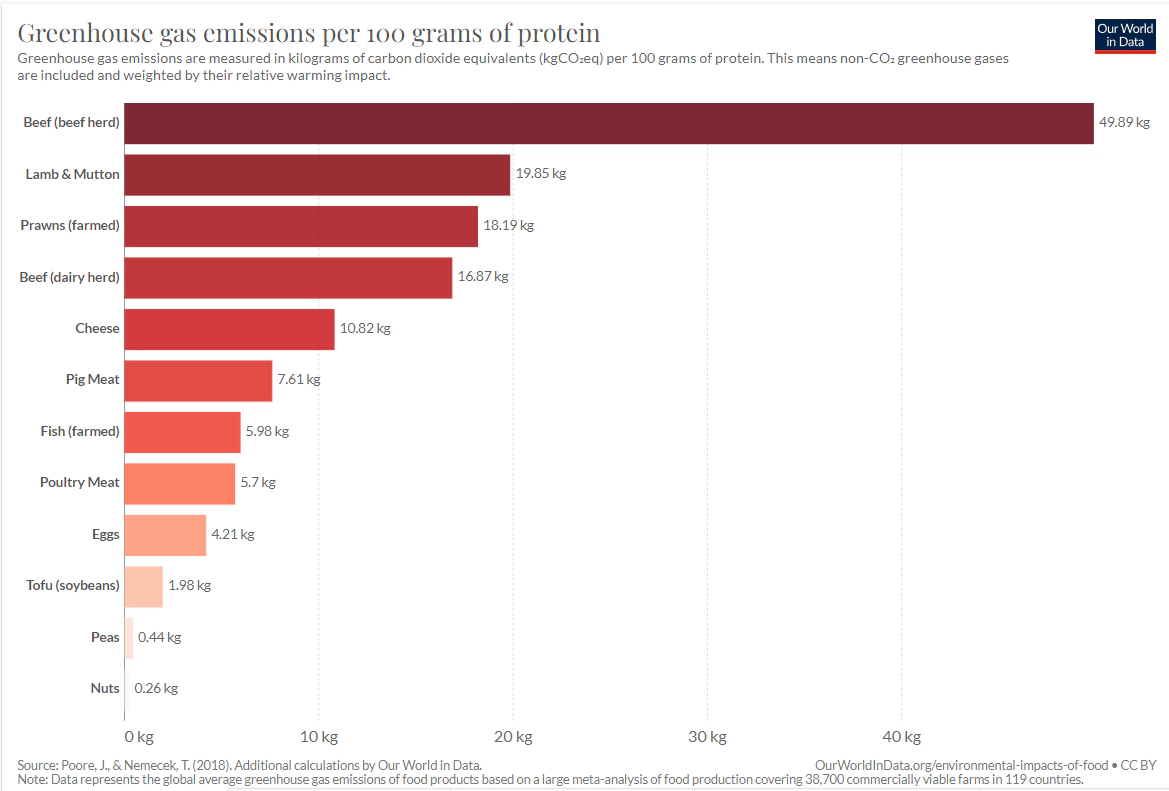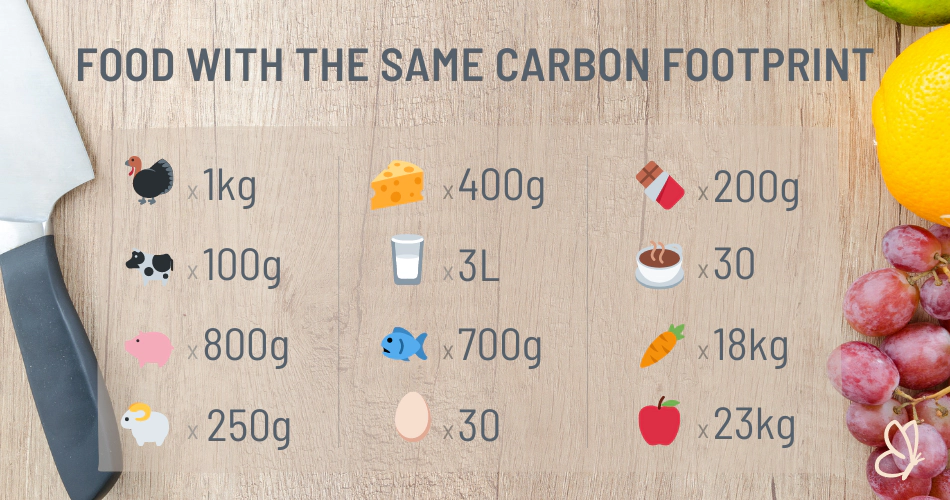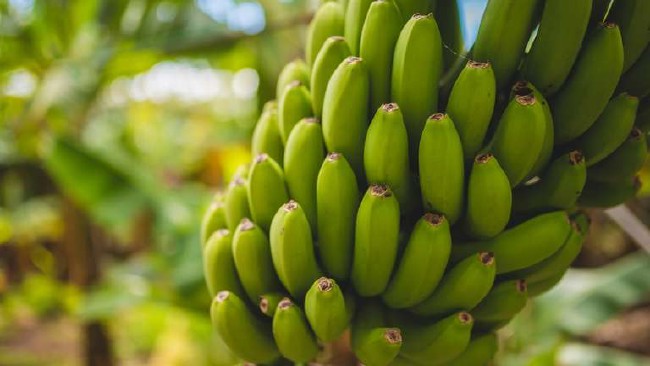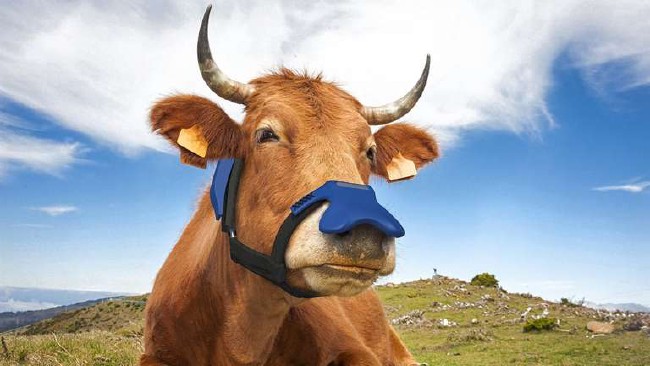How to reduce our food’s carbon footprint?
More and more people are concerned about how food affects their environmental footprint. The most common advice we hear and read about limiting our “foodprint” is to buy locally-grown food. However, another factor has a much greater impact on the environment.
Buying local is great. You support local jobs and reinject money into the local economy, and you know where the food comes from. You might even know the producer personally! It also significantly decreases “food miles”—the distance that food travels to reach your local supermarket. Imported food usually travels thousands of miles, through lengthy truck and plane trips.
Purchasing from local producers fuels the local economy and reduces the greenhouse gas emissions associated with food miles.
But, transport only represents 5% of the food’s overall emissions, and we often overlook that some foods are inherently more harmful to the environment than others, regardless of where they’re produced. Since food production accounts for 25% of global emissions, choosing what we eat carefully can reduce them dramatically.
So, what’s the most eco-friendly food?
Unsurprisingly, animal-based products have a larger footprint than plant-based ones. Indeed, we need to grow crops to feed the animals and give them space to graze. Also, cattle emit greenhouse gas on their own (e.g. methane, nitrous oxide).
Check out this graph to get an idea of the impact of protein-rich food on the planet.

Among animal-based products, beef has clearly the highest environmental impact. It generates 3 times as much greenhouse gas emissions as any other meat and pollutes water a lot.
Lamb and mutton are second. They emit less methane than beef and don’t cause deforestation since they can graze pretty much anywhere—including in woods. However, they do require massive space and worsen water scarcity.
On the other hand, poultry and pig have the lowest environmental footprints. In fact, since they are non-ruminant livestock, they don’t produce methane, which accounts for the major part of beef and lamb’s emissions.
Poultry generates 10 times fewer carbon emissions than beef and uses 30 times less land than lamb!
To sum up, the best way to reduce our “foodprint” is to select products with the lowest overall environmental impact. Food miles are definitely part of this impact—and buying locally comes with various social and economic benefits—but there’s more to the story.
Before you go, here’s a cheat sheet of food quantities that have the same carbon footprint. Feel free to download it to get some inspiration for your next run to the grocery store.

Related Posts
How Metropolitan France grows zero-carbon exotic produce
In France, Les Arts Verts grow tropical produce in greenhouses to reduce the carbon footprint associated with importing food from around the globe.
Zelp masks capture cows’ methane emissions at the source
Francisco Norris and his brother Patricio come from a cattle-ranching family in Argentina. In the UK, they founded Zelp, a company that aims to capture methane emissions at the source.
What are the main causes of floods?
In the past few weeks, British Columbia witnessed the worst floods in recorded history, leading to the evacuation of nearly 20,000 people and $1 billion in damages.



